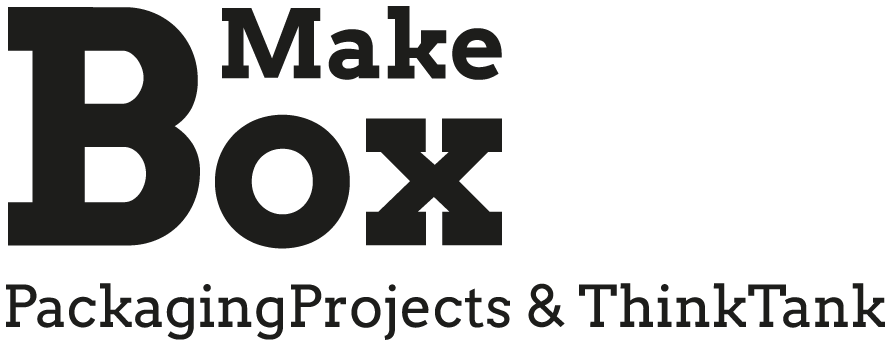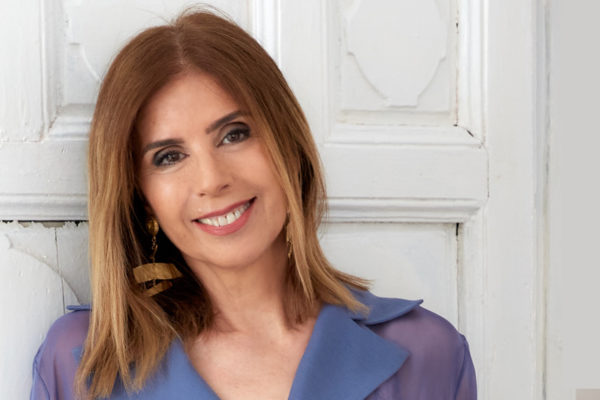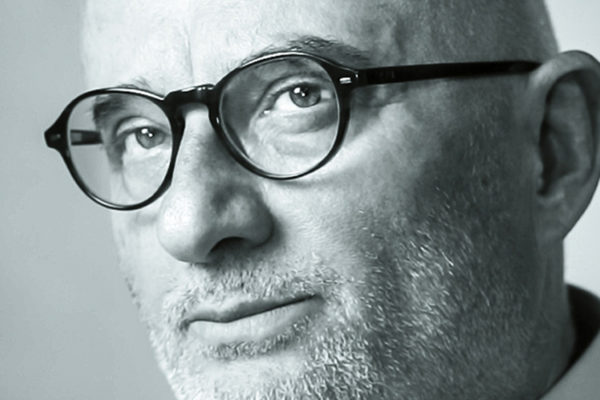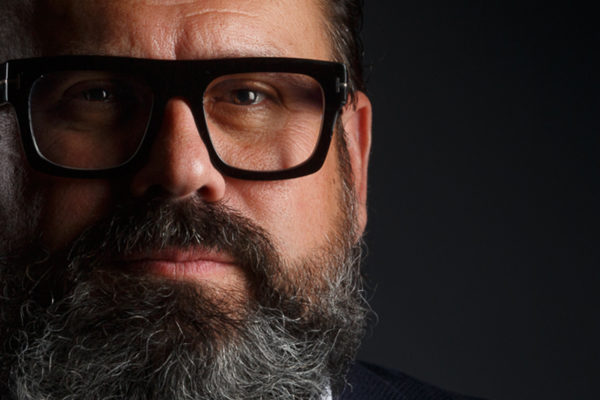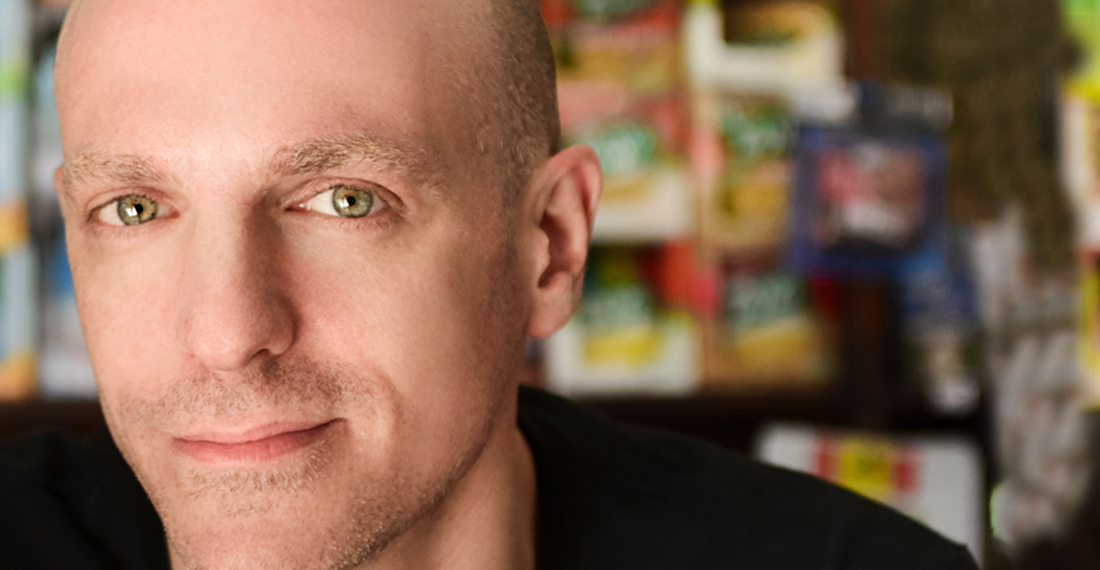
HERNÁN BRABERMAN: virtual reality, immaterial luxury and other oxymorons
In today’s Expert Voices, we introduce Hernán Braberman.
Hernán is Partner and Executive Design Director at Tridimage, the design agency that helps make Latin America’s leading brands relevant to new generations of consumers through packaging. In 1995 his passion led him to create the first agency in Latin America to combine structural and graphic packaging design. Since then, he hasn’t stopped creating and refreshing brands, seeking a positive impact on consumers, the market and society.
His designs have won six Pentawards (known as the Oscars of packaging design), Vertex Awards, A’Design, Ameristar, Sello de Buen Diseño, POPAI, Estrella del Sur and Pack Andina.
Through his BRANDERMAN podcast, he continues to share his experience and knowledge with those who recognise the limitless power of design.
Chatting to him has been a real pleasure for two reasons: first and foremost because with Hernán you don’t just talk about design or packaging, you talk about something bigger or more transcendent, something I would call “transdesign”.
Anyone who follows him, as I do, will agree that he could be considered a philosopher of design, and if you add to that the calmness of his voice and that beautiful Argentinian accent, time really does fly when you talk to him.
And as it happens, conversation was the first topic we discussed:
MakeBox: You’ve opted for the podcast and conversation format for your blog. Do you think that, in this world of urgency, emails, WhatsApp messages, etc., we’ve almost lost the art of conversation? I mean when it comes to professional conversations for planning a packaging design or project.
Braberman: Briefs have certainly lost quality or information, and that’s a major mistake. In the early years of our agency, we thought that whatever clients didn’t tell us, we could use our imagination to fill in the blanks. And our goal was to get that “Wow” reaction from clients when presenting our ideas.
However, things have gradually changed, and this has been turned on its head.
Nowadays we spend more time on the “pre-design” phase than on the design itself.
We’ve replaced presentations with conversations, and now it’s not so much about surprising as it is about co-creating with clients, working together on key concepts at all levels, values, aspirations, voice, etc., and translating it all into a specific visual identity that reflects their brand.
We have to be aware that all the changes happening on an aesthetic level are closely related to what’s going on with consumers as people.
If we’re currently using more matte finishes than glossy ones, it’s because there’s this social awareness and concern for heath and sustainability. In this sense, matte can be seen as “turning down the volume” of designs and aligning with this new trend or lifestyle; matte organically ends up being semantically associated with wellbeing.
That’s why these conversations are so relevant; we have to analyse the message in its context and find the right aesthetic solution that naturally connects with consumers.
MakeBox: In this respect, do you think everything we’ve been through with COVID will challenge or change trends and aesthetic codes?
Braberman: Clearly COVID has put many aspects in check. Just one example can give us an idea of the changes that could be on their way.
The change in remote or mixed working models; it’ll be much more flexible than before, in any case. It will allow people to change or expand their approach to life. Living 500, 1000 or 10,000km from where you work is no longer something reserved for the few, it’s a real possibility and a change that’s here to stay.
This will obviously be reflected in the way people consume, in packaging and in trends in general.
MakeBox: This blog is about packaging for the premium and luxury sectors. Right now one of the main challenges you face is how to combine the simplicity demanded by sustainability with the theatricality of luxury storytelling, the need to surprise, the importance of unboxing, etc. Do you think it’s possible to have the perfect packaging?
Braberman: Perfect, no, particularly because we’re in a period of major research and learning about sustainability issues. For me, it’s important to get to the source, to consumers, as I said before.
Luxury consumers are usually well-educated when it comes to trends. Clearly, sustainability and the natural origin of products isn’t lost on them, and therefore they’ll demand more sustainable products wrapped in more environmentally friendly packaging.
Why does luxury packaging need theatricality? Because luxury consumers are mainly seeking status. However, until a few years ago, this status could only be offered in the physical world, so theatricality was a complete necessity. No thought was given to over-packaging, only to the richness of textures, contrasts and finishes.
Nowadays, two things have changed: on one hand, the concept of status is more intangible and closer to being than having, and on the other, this intangibility can be perfectly experienced in the digital world, which the vast majority of us have already incorporated into our lives.
In this respect, I don’t see the “short-circuit” between designing packaging and new trends.
Right now, sustainable luxury seems like an oxymoron (using contradictory concepts so together, they end up making sense in a strange and complex way: too much is not enough).
But there’s no denying that less than ten years ago the word “sustainability” practically never appeared in any brief, and now it’s impossible not to find it as one of the most important brand objectives.
MakeBox: Let’s talk about sustainability. If I mention words like “greenwashing”, “ignorance” and “chaos”, what do they mean to you? What does the immediate future look like?
Braberman: To start with, we need to realise we’re at a time where the definition of sustainable is rather complex. There isn’t a silver bullet when it comes to sustainability. Sometimes sustainable means recyclable packaging, sometimes being recyclable doesn’t make a difference; sometimes it means plastic and sometimes plastic is the devil itself; sometimes it’s about carbon footprint, other times it’s about distribution… We’re confused, very confused.
And yes, there’s still a lot of greenwashing or hot air about (what I call bla bla bility), but there’s also eco-guilt. Sometimes we don’t know how, but designers, producers and consumers (and even more so with luxury products) all need a type of green justification for the products we design, create or buy.
We need to realise that this is normal. This is a crucial period of countless changes; we’re in the middle of a complete and total revolution and revolutions always start chaotically. We’re all making a great effort of learning by doing.
What is clear is that sustainability is no longer a trend; it’s the only way forward.
The positive thing is that we’re all trying to turn sustainability on its head and that is starting to be at the core of brand discourse. The downside, at the moment, is that we’re in a situation of complete anarchy. No one is really sure what is right and what is wrong, and this is leading to confusion among consumers.
I see the immediate future in two ways: firstly, official regulations will become stricter.
Secondly, eco-labelling of packaging is a pending issue. It’s essential to have clear, useful labelling that shows a product’s credentials in terms of its environmental footprint. Only then will companies be able to focus on real, and not just apparent, environmental issues.
MakeBox: Following on from your answer, we’ve heard you talk about SIMULATED INNOVATION SYNDROME. What do you mean by that?
Braberman: I talk about simulated innovation syndrome, and an even stronger term, “innovation porn”, to refer to innovations that have no real point to them, they’re just a scripted, spectacular version; style over substance.
This has happened with plastic, no for the sake of no, when sometimes glass can be less sustainable. But apparently glass will always be more sustainable than plastic. It all depends on the features or composition of the product, the type of weight-distribution equivalence, etc.
I’ve seen a bottle made from recycled paper pulp that’s blatantly hiding a conventional plastic bottle inside… Crazy.
There’s a lack of education, everyone is confused, from consumers, to designers, to suppliers and even regulators.
Everything and nothing can be sustainable at the same time.
But as I said, it’s normal, we’re in a tremendous whirlwind of change and information.
MakeBox: To finish, let’s talk a little about the future of design. What do you think are the two or three concepts or ideas that designers, suppliers and brands have ingrained in our minds that we should consider forgetting about completely in the short term?
Braberman: Very good question.
I think both designers and brands are addicted to bringing things to life, especially packaging designers. We always want to add a piece here, a lid there, an opening system…
We still have a very ingrained concept of physical packaging, with all it has meant until now: communicating and standing out in those few seconds of the purchase decision offered by classic retail until this point.
This is something we have to start forgetting. Consumers have shown great adaptability to the digital environment, and the coming generations even more so.
No doubt in a few years’ time, children and teenagers won’t have a problem wearing an augmented or virtual reality device, and experiencing that new dimension as something completely normal, nothing strange.
In the case of luxury, I mentioned earlier how it was a question of status, and because luxury is less subject to the laws of the market and prices, very soon we could start seeing these types of experiences. In other words, the whole symbolic baggage of the brand and product could be experienced virtually, and then packaging will be freed from so much responsibility and can simplify and focus on issues like sustainability. It will still have to communicate, but in a different way, because it probably won’t be the first contact consumers will have with the product and brand.
The development of e-commerce will also revolutionise the retail environment; the only thing that will be interesting to buy in a brick-and-mortar store will be something that gives consumers a relevant experience. The rest, anything that makes them waste time or is inconvenient, will disappear.
So, we have to see the digital and the physical, not as two sides of a coin, but as the same thing.
MakeBox: It has certainly been a great conversation, plenty of food for thought. Thank you Hernán!
